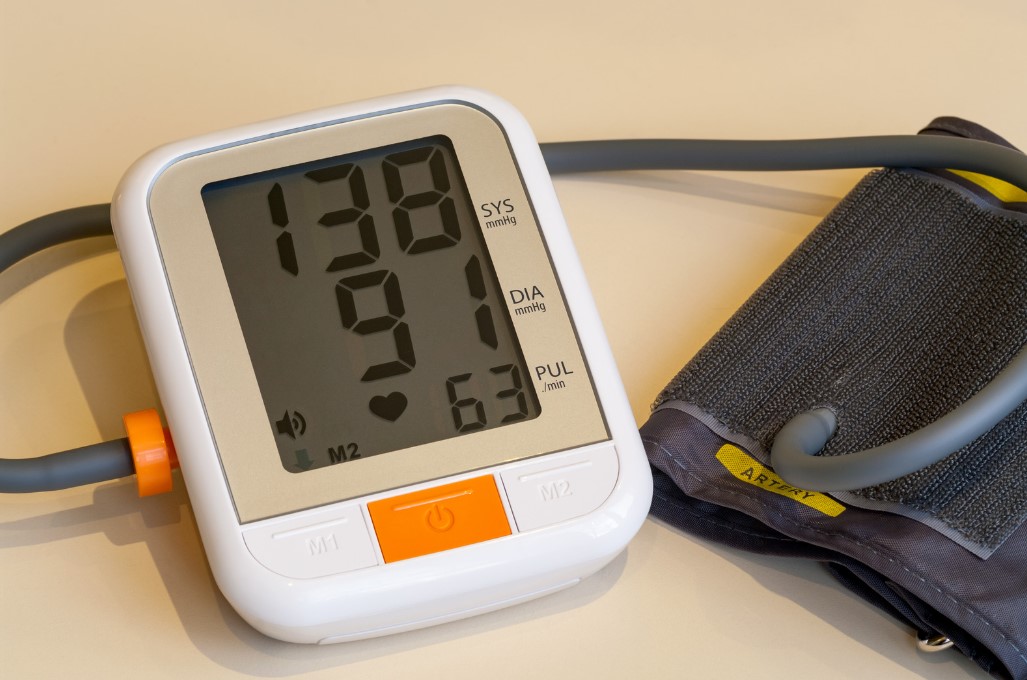New study warns women with high diastolic blood pressure of increased migraines

Diastolic blood pressure, the bottom number, measures the pressure in your arteries when your heart is resting between beats.
Women with high diastolic blood pressure are 16 per cent more likely to develop migraines, according to a recent study published online in Neurology, the journal of the American Academy of Neurology.
This research, led by Linda Maassen van den Brink and Daniel Bos, MD, PhD, investigated whether well-established cardiovascular risk factors—such as diabetes, smoking, obesity, and high cholesterol—affect the risk of developing migraines, with a particular focus on sex-specific differences. The study included 7,266 middle-aged and elderly participants from the Rotterdam Study, with more than half of them being women (57.5 per cent).
More To Read
- Why antenatal clinic attendance is falling — and the deadly risks for mothers and babies
- Lancet study shows planned term delivery can cut pre‑eclampsia risk by 30 per cent
- WHO calls for ceasefire after deadly attacks on civilians in Sudan kill 114, including 63 children
- Kenya and world face growing health threat as ultra-processed foods flood markets and diets
- WHO calls for urgent action to achieve universal health coverage by 2030
- Somalia on high alert as Marburg virus outbreak hits neighbouring Ethiopia
A migraine is a type of headache characterised by intense, throbbing pain or a pulsing sensation, typically on one side of the head. Nausea, vomiting, and increased sensitivity to light and sound are common symptoms.
Migraine attacks can persist for hours or even days, with the pain being severe enough to disrupt daily activities.
Participants underwent physical examinations, provided blood samples, and answered detailed questions about their migraine experiences, including whether they had suffered from severe headaches that interfered with their daily activities.
Data was collected on various cardiovascular risk factors, including smoking status, obesity, hypercholesterolaemia, hypertension, and diabetes, as well as pack-years of smoking, lipid levels, systolic and diastolic blood pressure, body mass index (BMI), and fasting glucose levels.
When reading a blood pressure machine, the systolic pressure (the top number) measures the pressure in your arteries when your heart beats. The diastolic pressure (the bottom number) measures the pressure in your arteries when your heart is resting between beats.
Of the participants, 14.9 per cent reported a history of migraines. The researchers matched those with migraines to age-matched individuals without migraines and employed conditional logistic regression to analyse the associations between cardiovascular risk factors and migraine prevalence by sex.
The findings indicated that after adjusting for factors such as physical activity and education level, women with higher diastolic blood pressure had a 16 per cent increased likelihood of experiencing migraines (95 per cent confidence interval [CI], 1.04–1.29).
No similar association was found with systolic blood pressure, suggesting that migraines may be linked to dysfunction in small blood vessels rather than large ones.
 A blood pressure machine. (Photo: Canva)
A blood pressure machine. (Photo: Canva)A blood pressure machine. (Photo: Canva)
The study also revealed no significant associations between migraines and high cholesterol or obesity in women. Interestingly, current smoking (odds ratio [OR], 0.72; 95% per cent CI, 0.58–0.89) and diabetes mellitus (OR, 0.75; 95% CI, 0.57–0.99) were associated with a lower likelihood of experiencing migraines in women.
However, these results should be interpreted cautiously, as smoking may not directly reduce migraine risk but could be associated with behaviours that influence migraine frequency.
The authors, including Maassen van den Brink, suggested that migraines may be more closely related to dysfunction in small blood vessels than large ones. They also highlighted the need for further research focusing on younger populations and longer-term studies to explore these relationships in more depth.
A limitation of the study was the small number of male participants with migraines, which may account for the lack of significant findings regarding cardiovascular risk factors and migraines in men.
According to the World Health Organisation (WHO), headache disorders affected approximately 40 per cent of the global population, or around 3.1 billion people, in 2021. These disorders are notably more common among women and rank among the top three neurological conditions for most age groups, from age 5 through 80. Headache disorders are a significant global issue, impacting individuals across all races, income levels, and geographical regions.
Headaches are not only painful but also highly disabling. The Global Health Estimates for 2019 identified headache disorders as the third leading cause of disability-adjusted life years (DALYs) worldwide, following stroke and dementia. Beyond the physical pain, headache disorders impose substantial personal suffering, reduce quality of life, and incur significant financial costs.
Frequent headache attacks and the constant anxiety about future episodes can disrupt family life, social interactions, and employment.
Managing a chronic headache disorder may also increase the risk of other health issues, with individuals experiencing migraines being more prone to anxiety and depression compared to healthy individuals.
A migraine headache is characterised by moderate-to-severe pain that can be one-sided or felt behind the eyes. People often describe the pain as pulsating, and routine physical activity tends to exacerbate it. Migraine attacks typically last from several hours to 2 to 3 days, accompanied by sensitivity to light and sound as well as nausea.
Top Stories Today











































